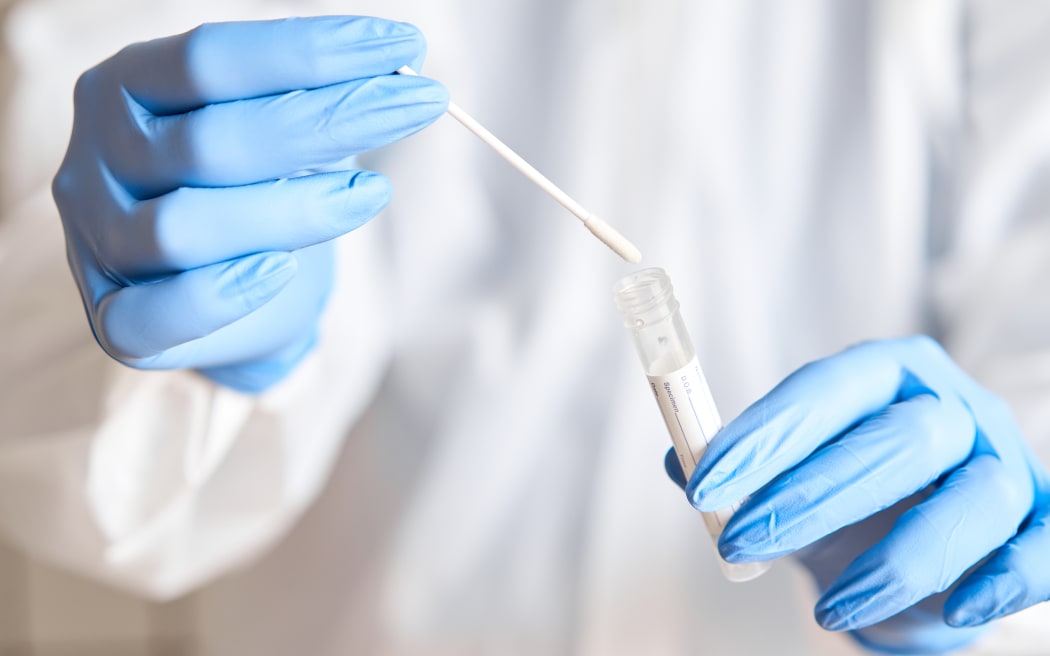Genetic geneticists use DNA tests to solve family history mystery and solve cold cases. They employ autosomal, Y mitochondrial (mtDNA) tests.
MtDNA can be found within mitochondria in cells. Females are the only ones who can pass on the DNA onto their children. YDNA can be passed on to males by their fathers.
Role of DNA in Ancestral Roots
The most popular type, genetic genealogy consists of people testing their DNA as well as doing traditional research on genealogy in search of lost family members. The practice has grown in popularity over the last few years because of the advancement of DNA testing technologies and the accessibility of test at-home kits.
Utilizing publicly accessible DNA databases that are publicly accessible, crime evidence from a suspect who is not known suspect may be uploaded to the database and checked against other profiles. If there is a match and confirmed, the match will be able to identify which family tree the person is a part of to, based on the shared DNA.

This kind of DNA tests have been effective in the identification of a variety of unknown murders, rapes, and other crimes of violence. The test is also used to locate missing persons and provide closure to families.
Genetic Genealogy and DNA Testing
Genetic genealogy, which blends DNA analysis and traditional genealogy and historical research helps break down the bricks for researchers conducting genealogy research on their family. For investigators working in forensics they can use tools to find missing people and resolve difficult cases.
The use of forensic techniques for genetic genealogy stemmed from the widespread direct-to-consumer DNA testing which took off in the past decade, when firms like 23andMe and Ancestry provided customers with the opportunity to test their DNA in tubes and get information about their ethnicity, health risks as well as family connections.
This same technique can be utilized in a forensic setting to compare the DNA of crime scenes with the profiles of databases that are public, like GEDmatch. An exact genetic match can serve as a point of reference for investigators to build their family tree.
Y DNA and Paternal Genealogy
Men are born with a different DNA profile than women. the Y-DNA test xet nghiem adn ha noi can show their paternal direct lineage that dates back hundreds, or perhaps thousands of years. The tests for Y-DNA look at the repeated sequences, also known as STR markers that are located on the Y the chromosome. The markers are specific for each male, and may be utilized in surname or geographical projects to assess the values of males. Sometimes, (harmless) changes can aid in defining specific branches.
Since only males with genetic DNA have the Y chromosome, they’re the only people who are able to undergo a Y-DNA test. Females that want to learn more about their paternal heritage are able to sponsor their father, uncle or brother for an Y-DNA test. A lot of companies that offer tests for Y-DNA offer the Family Finder feature in their results. This feature allows you to connect people living in the same family who have a paternal haplogroup in common with yours.
mtDNA in Maternal Ancestry
Maternal lineage DNA analysis, as performed through mtDNA tests, may identify female connections to family members which aren’t found via paternal tests or other tests for autosomal DNA. MtDNA in living individuals does not change over time, which is why tests based on mtDNA can offer accurate genetic markers that can trace the maternal lineage.
In the past, scientists believed that mtDNA transfer occurred to daughters via processes inside eggs that enveloped paternal mitochondria following sperm penetration into the egg. However, it is now believed that mtDNA is actually transferred between mothers and daughters with no penetration.
Many companies provide mtDNA testing. Certain, such as 23andMe test only HVR1 and HVR2 regions in mtDNA other companies, like Family Tree DNA, test for the whole mtDNA sequence and offer cousin match. The tests will help you identify your haplogroup’s maternal origin and determine the areas in the globe from which your ancestors came from.
Autosomal DNA Testing for Family Connections
DNA tests can assist individuals discover their his genetic ties to various ancestral families. Autosomal DNA tests may identify potential relatives either on the paternal or maternal side in the tree of family.
Apart from locating distant relatives These tests also reveal the geographical area where your ancestors came from. The regions that are identified through the frequency of certain DNA variations in the reference population all over the world.
A different popular use of DNA testing is the identification of the remains of a person that are not identified. Investigators collect DNA from the scene and then match it to public DNA databases like GEDmatch. If the match is successful, it can aid investigators in constructing the family tree of their choice and pinpoint the person who is suspected of being involved. The analysis of the themes revealed that the participants’ ideas of identities were frequently challenged due to unexpected results from DNA tests. Particularly, the revelation of biological kinship led to a revision of gender, race and family-based identities.